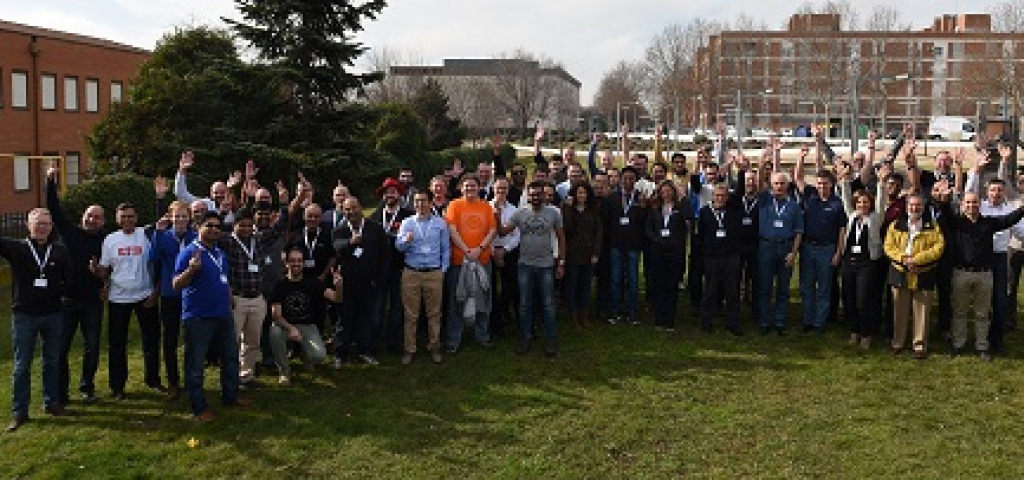
Tapas and Testing: Two Weeks in Madrid

Over the past couple of weeks, Spain was the place to be if you provide products targeted at Network Functions Virtualization (NFV). From January 23rd through February 3rd, the ETSI Centre for Testing and Interoperability organized its first “NFV Plugtest” event, which was hosted by 5TONIC Laboratory in Leganes, near Madrid. The primary objective was to determine interoperability of vendors’ solutions as well as compatibility with published ETSI specifications.
As service providers start deploying NFV, they’re looking for proven demonstrations of multi-vendor interoperability so that they can avoid any risk of vendor lock-in while leveraging innovative hardware and software products being developed to address this market. Since the Wind River Titanium Cloud network virtualization platform provides critical features and capabilities for NFV, we were delighted that two of our experts were able to participate in the Plugtest and work with colleagues from many companies on wide-ranging interoperability testing.
ETSI will be publishing a detailed report shortly, with an overall summary of the event. From our perspective the results of the testing that we participated in were impressive and confirm industry-wide progress towards compatibility with open standards and interoperability between vendors.
For each testing session, a Management and Orchestration (MANO) solution was run on an NFVI Infrastructure (NFVI) platform like Titanium Server, with its associated Virtual Infrastructure Manager, hosting one of more Virtual Network Functions.
In our testing, we were able to collaborate with a large number of MANO and VNF providers. We handled this workload by deploying three Titanium Cloud clusters for use during the event. One was at our office in Santa Clara, California, one at Intel’s facilities in Portland, Oregon and a third at a partner’s location in North Carolina. Accessing all these clusters remotely, we made them available to Plugtest users via ETSI’s “Hub for Interoperability and Validation at ETSI” network, otherwise known as “HIVE.”
By leveraging all three of these clusters, we were able to demonstrate full interoperability with nine MANO solutions and fifteen VNFs. Some were open-source projects and others were commercial offerings. In many cases, it was the first time we had done any testing with these products and so we were pleased to be able to prove interoperability in all cases. Recognizing the importance that our customers place both on multi-vendor interoperability and on compatibility with open standards, we’re delighted with these results that illustrate how Titanium Server provides critical service uptime and performance as part of deployable, end-to-end solutions.
Plugtests like this one hosted by ETSI are vital as the telecom industry transitions from traditional, fixed-function equipment to dis-aggregated virtualized solutions that leverage best-in-class products from multiple vendors. Events like this demonstrate that an industry-wide ecosystem can successfully form around open standards and deliver interoperable, compatible products. And of course, during rare moments of inactivity the tapas were indeed excellent.
We were proud to contribute to this inaugural ETSI Plugtest and we look forward to even more exciting and advanced accomplishments at the next one.

